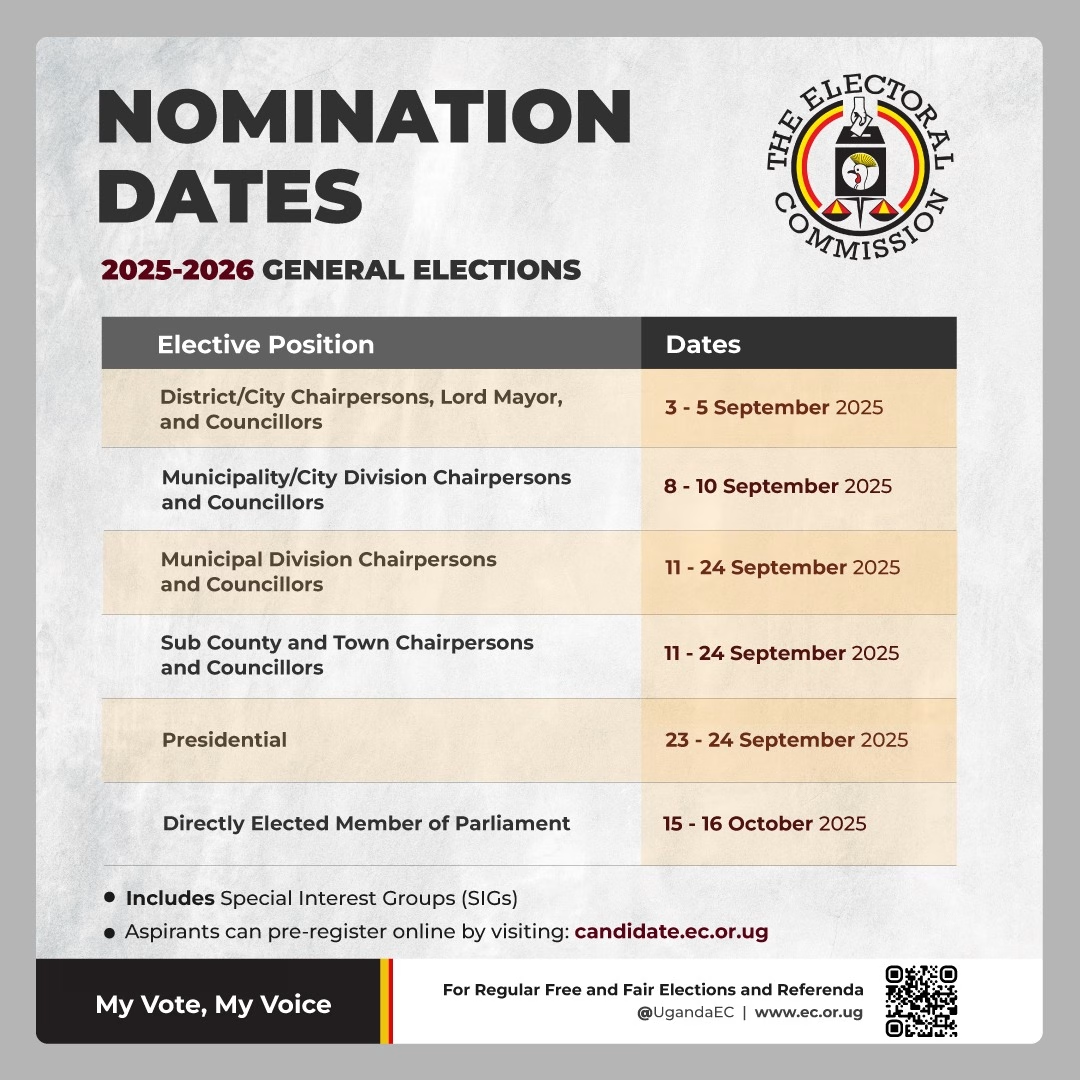Russia Had Nearly 200 Artillery Pieces In Kursk When Ukraine Invaded. But The Gunners Weren’t Ready.
On Aug. 6, a powerful Ukrainian mechanized force breached Russian defenses along the Ukraine-Russia border and, moving fast and bypassing Russian trenches, quickly seized 400 square miles of Russia’s Kursk Oblast.
Why the Ukrainians invaded is complicated. Seizing part of Kursk shifted the momentum of the war—although not decisively—and forced the Kremlin to divert elite forces from the fighting in eastern and southern Ukraine. That chunk of Kursk could be a valuable bargaining chip for Kyiv in any future negotiations with Moscow.
How the Ukrainians managed to capture so much Russian soil, so quickly, is becoming less mysterious. It wasn’t necessarily a lack of forces that doomed Russian defenses in Kursk. It was a lack of intelligence and coordination.
A map that a Ukrainian soldier captured from a Russian soldier amid the fighting in Kursk helps tell the story. The day before the first Ukrainian troops breached the border, the Russian garrison in Kursk had 18 BM-21 rocket launchers, 98 pieces of tube artillery and 71 mortars.
“That’s huge,” noted Kriegsforscher, a Ukrainian drone operator who saw the captured map. “Firepower was on Russian side.”
That quantity of artillery, properly deployed against Ukrainian troops as the Ukrainians broke out into the open in Kursk, could have been decisive—for the Russians. “With a good coordination, you make any breakthrough almost impossible to happen,” Kriegsforscher explained.
But the artillery wasn’t properly deployed, largely due to poor intelligence on part of the Russians—and an assumption the Ukrainians would never attack across the border into Kursk. “Regrettably, the group of forces protecting the border didn’t have its own intelligence assets,” Andrei Gurulev, a retired Russian general and a member of the lower house of the Russian parliament, wrote on social media.
It didn’t help the Russian artillery plan that the Ukrainians were jamming radio communications, filling the air over Kursk with drones and firing their own artillery—including their best American-made High Mobility Artillery Rocket Systems.
For once in a war mostly characterized by grinding trench battles, in Kursk the Ukrainians had the advantage of mobility—at least at first. “In the opening hours and days of the Kursk offensive they were able to penetrate deep into Russian territory,” Michael Weiss and analyst James Rushton wrote in New Lines Magazine in the early days of the August invasion.
“In many cases, they didn’t waste time engaging Russian trench lines and other prepared fighting positions; they just drove around them,” Weiss and Rushton wrote. “Unimpeded land routes allowed Ukraine to advance miles in mere hours.”
In those first few days, Russian and Ukrainian troops mixed in an ever-shifting patchwork of small, fluid positions. Good luck bombarding an attacker in those circumstances without also hitting your own defending troops.
In short, the Russians had the firepower to defend Kursk, but not the intelligence or coordination. The Ukrainians to their credit shrugged off Russia’s apparent artillery superiority in Kursk, correctly surmising that befuddled gunners are useless gunners.
It’s safe to assume Russian artillery in Kursk is now properly sighted and coordinated. If the Ukrainians are going to duplicate their success in Kursk from early August and once again move against poorly-prepared artillery, they’re going to have to do it somewhere other than Kursk.
Source: https://www.forbes.com


